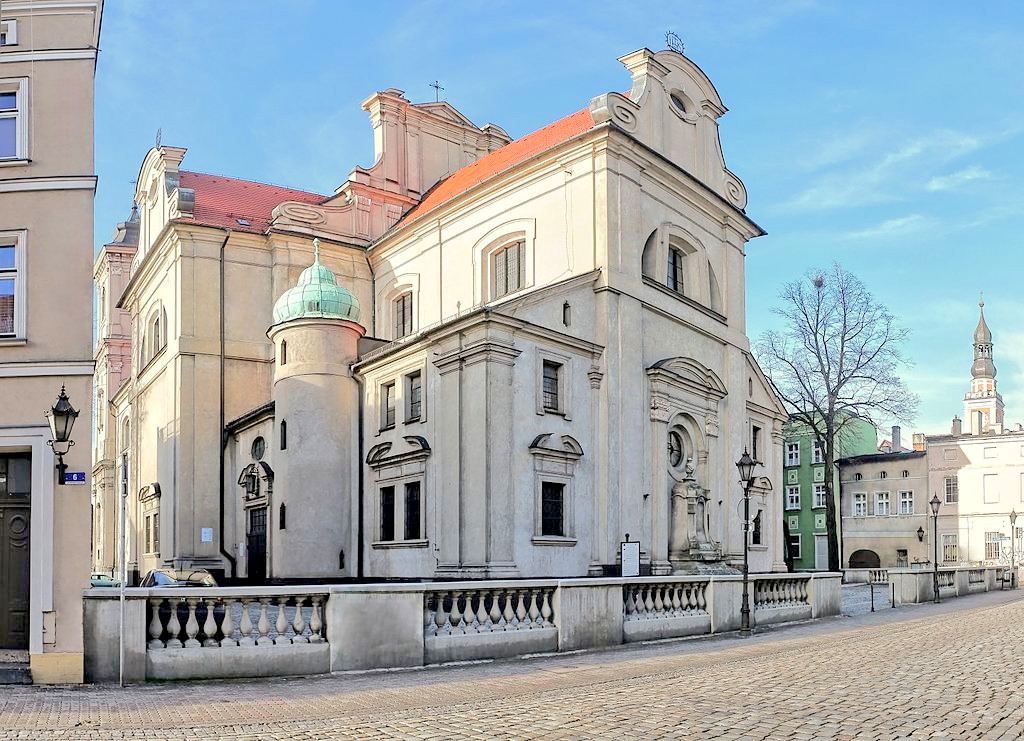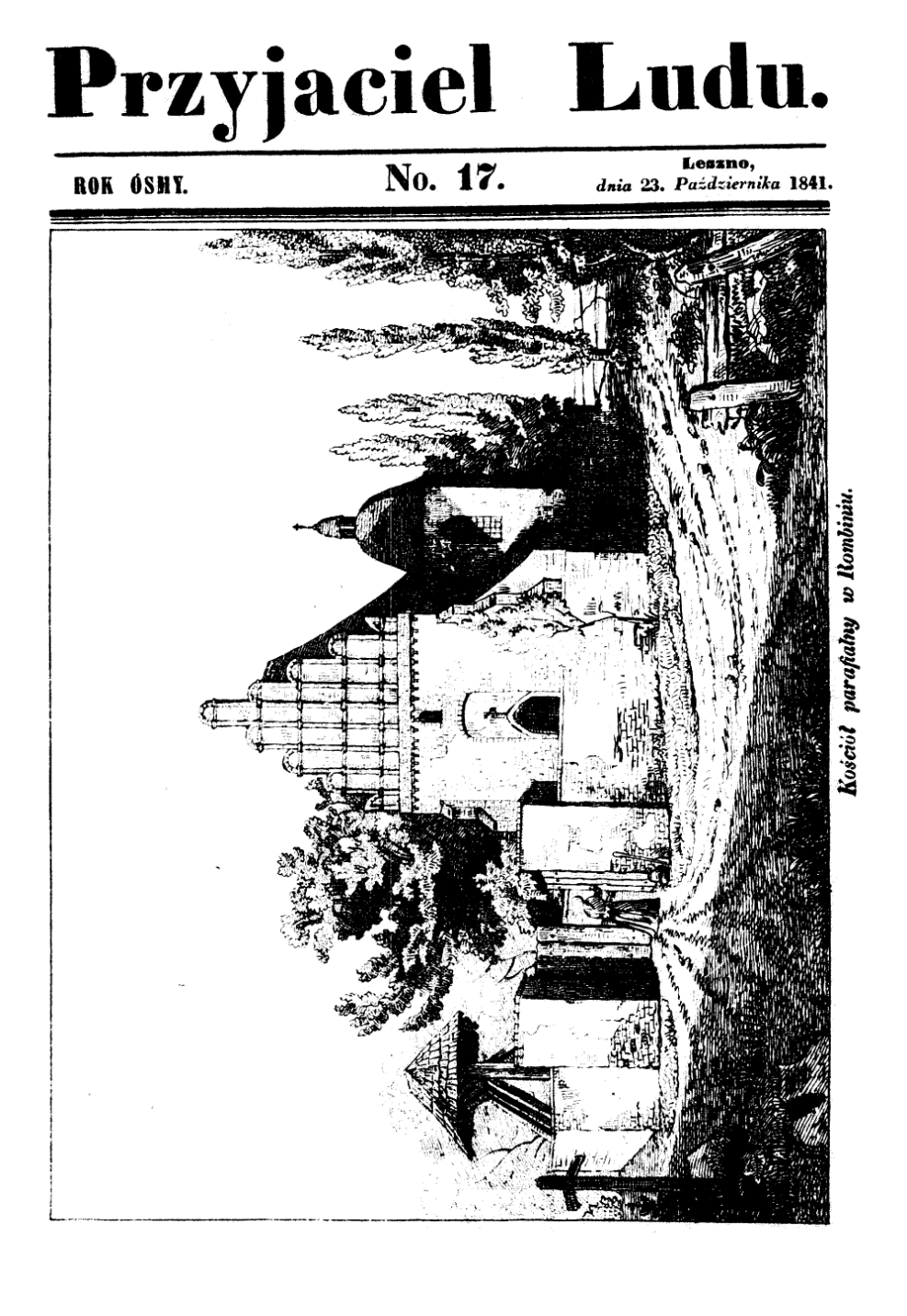|
Leszno Voivodeship
Leszno Voivodeship () was a unit of administrative division and local government in Poland from 1975 to 1998, superseded by Greater Poland Voivodeship. Its capital city was Leszno. Major cities and towns (population in 1995) * Leszno (61,300) * Kościan (24,600) * Rawicz (21,500) * Gostyń (20,600) See also * Voivodeships of Poland A voivodeship (; pl, województwo ; plural: ) is the highest-level administrative division of Poland, corresponding to a province in many other countries. The term has been in use since the 14th century and is commonly translated into English as ... References Former administrative regions of Greater Poland Former voivodeships of Poland (1975–1998) {{poland-geo-stub ... [...More Info...] [...Related Items...] OR: [Wikipedia] [Google] [Baidu] |
Leszno Voivodship 1975
Leszno (german: Lissa, 1800–1918 ''Lissa in Posen'') is a historic city in western Poland, within the Greater Poland Voivodeship. It is the seventh-largest city in the province with an estimated population of 62,200, as of 2021. Previously, it was the capital of the Leszno Voivodeship (1975–1998) and is now the seat of Leszno County. History Early history The city's unrecorded history dates to the 13th century. It was first mentioned in historical documents in 1393, when the estate was the property of a noble named Stefan Karnin-Coat of arms of Wieniawa, Wieniawa. The family eventually adopted the name House of Leszczyński, Leszczyński (literal meaning "of Leszno"), derived from the name of their estate, as was the custom among the szlachta, Polish nobility. 16th–18th centuries In around 1516, a community of Protestants known as the Unity of the Brethren (Czech Republic), Unity of the Brethren (''Unitas fratrum'') were expelled from the Lands of the Bohemian Crown, Bohe ... [...More Info...] [...Related Items...] OR: [Wikipedia] [Google] [Baidu] |
Poland
Poland, officially the Republic of Poland, is a country in Central Europe. It is divided into 16 administrative provinces called voivodeships, covering an area of . Poland has a population of over 38 million and is the fifth-most populous member state of the European Union. Warsaw is the nation's capital and largest metropolis. Other major cities include Kraków, Wrocław, Łódź, Poznań, Gdańsk, and Szczecin. Poland has a temperate transitional climate and its territory traverses the Central European Plain, extending from Baltic Sea in the north to Sudeten and Carpathian Mountains in the south. The longest Polish river is the Vistula, and Poland's highest point is Mount Rysy, situated in the Tatra mountain range of the Carpathians. The country is bordered by Lithuania and Russia to the northeast, Belarus and Ukraine to the east, Slovakia and the Czech Republic to the south, and Germany to the west. It also shares maritime boundaries with Denmark and Sweden. ... [...More Info...] [...Related Items...] OR: [Wikipedia] [Google] [Baidu] |
Greater Poland Voivodeship
Greater Poland Voivodeship ( pl, Województwo wielkopolskie; ), also known as Wielkopolska Voivodeship, Wielkopolska Province, or Greater Poland Province, is a voivodeship, or province, in west-central Poland. It was created on 1 January 1999 out of the former Poznań, Kalisz, Konin, Piła and Leszno Voivodeships, pursuant to the Polish local government reforms adopted in 1998. The province is named after the region called Greater Poland or ''Wielkopolska'' . The modern province includes most of this historic region, except for some western parts. Greater Poland Voivodeship is second in area and third in population among Poland's sixteen voivodeships, with an area of and a population of close to 3.5 million. Its capital city is Poznań; other important cities include Kalisz, Konin, Piła, Ostrów Wielkopolski, Gniezno (an early capital of Poland) and Leszno. It is bordered by seven other voivodeships: West Pomeranian to the northwest, Pomeranian to the north, Kuyavian-P ... [...More Info...] [...Related Items...] OR: [Wikipedia] [Google] [Baidu] |
Leszno
Leszno (german: Lissa, 1800–1918 ''Lissa in Posen'') is a historic city in western Poland, within the Greater Poland Voivodeship. It is the seventh-largest city in the province with an estimated population of 62,200, as of 2021. Previously, it was the capital of the Leszno Voivodeship (1975–1998) and is now the seat of Leszno County. History Early history The city's unrecorded history dates to the 13th century. It was first mentioned in historical documents in 1393, when the estate was the property of a noble named Stefan Karnin- Wieniawa. The family eventually adopted the name Leszczyński (literal meaning "of Leszno"), derived from the name of their estate, as was the custom among the Polish nobility. 16th–18th centuries In around 1516, a community of Protestants known as the Unity of the Brethren (''Unitas fratrum'') were expelled from the Bohemian lands by King Vladislaus II and settled in Leszno. They were invited by the Leszczyński family, imperial counts since ... [...More Info...] [...Related Items...] OR: [Wikipedia] [Google] [Baidu] |
Kościan
Kościan (german: Kosten) is a town on the Obra canal in west-central Poland, with a population of 23 952 inhabitants as of June 2014. Situated in the Greater Poland Voivodeship (since 1999), previously in Leszno Voivodeship (1975–1998), it is the capital of Kościan County. Polish nobleman Ignacy Wyssogota Zakrzewski was born nearby. History Kościan was founded in the 12th or 13th century, when it was part of the Duchy of Greater Poland of the fragmented Polish realm.Leon Plater, ''Opisanie historyczno-statystyczne Wielkiego Księztwa Poznańskiego'', Księgarnia Zagraniczna, Lipsk, 1846, p. 207 (in Polish) It was granted town rights in the second half of the 13th century, which were later confirmed by King Władysław Jagiełło in 1400. From 1332 Kościan was a royal town of Poland. It was a county (''powiat'') seat in the Poznań Voivodeship in the Greater Poland Province of the Polish Crown. In the 15th century Kościan was famous for its cloth production. King Casimir ... [...More Info...] [...Related Items...] OR: [Wikipedia] [Google] [Baidu] |
Rawicz
Rawicz (; german: Rawitsch) is a town in west-central Poland with 21,398 inhabitants as of 2004. It is situated in the Greater Poland Voivodeship (since 1999); previously it was in Leszno Voivodeship (1975–1998). It is the capital of Rawicz County. History The town was founded by Adam Olbracht Przyjemski of Rawicz coat of arms for Protestant refugees from Silesia during the Thirty Years' War. In 1638 King Władysław IV Vasa granted Rawicz town rights and confirmed the town's coat of arms. Rawicz was built as a precisely planned town and developed at a rapid pace. It was located on the trade route connecting Poznań and Wrocław. In 1640, a cloth guild was founded. Cloth production became a leading branch of the local industry, and by the end of the 18th century Rawicz was the leading weaving town of the whole region of Greater Poland. Rawicz was a private town of Polish nobility, administratively located in the Kościan County in the Poznań Voivodeship in the Greater Poland ... [...More Info...] [...Related Items...] OR: [Wikipedia] [Google] [Baidu] |
Gostyń
Gostyń (german: Gostyn, 1941-45: ''Gostingen'') is a town in western Poland, seat of the Gostyń County and Gmina Gostyń in the Greater Poland Voivodeship (from 1975 to 1998 in Leszno Voivodship). According to 30 June 2004 data its population was 20,746. The total area of Gostyń is . The town comprises 1% of the area of the county and 8% of the commune, according to Główny Urząd Statystyczny. The main landmark of Gostyń is Basilica of Święta Góra (Holy Hill), the main Marian sanctuary of the archdiocese of Poznań and a masterpiece of Pompeo Ferrari, with the monastery of the Oratory of Saint Philip Neri. History Gostyń dates back to the 13th century. The town was founded by local nobleman and granted town rights in 1278 by Przemysł II. It was named after the nearby village of Gostyń, which since took the name of Stary Gostyń ("Old Gostyń"). Gostyń was a private town, administratively located in the Kościan County in the Poznań Voivodeship in the Greater ... [...More Info...] [...Related Items...] OR: [Wikipedia] [Google] [Baidu] |
Voivodeships Of Poland
A voivodeship (; pl, województwo ; plural: ) is the highest-level administrative division of Poland, corresponding to a province in many other countries. The term has been in use since the 14th century and is commonly translated into English as "province". The Polish local government reforms adopted in 1998, which went into effect on 1 January 1999, created sixteen new voivodeships. These replaced the 49 former voivodeships that had existed from 1 July 1975, and bear a greater resemblance (in territory, but not in name) to the voivodeships that existed between 1950 and 1975. Today's voivodeships are mostly named after historical and geographical regions, while those prior to 1998 generally took their names from the cities on which they were centered. The new units range in area from under (Opole Voivodeship) to over (Masovian Voivodeship), and in population from nearly one million (Opole Voivodeship) to over five million (Masovian Voivodeship). Administrative authority at th ... [...More Info...] [...Related Items...] OR: [Wikipedia] [Google] [Baidu] |
Former Administrative Regions Of Greater Poland
A former is an object, such as a template, gauge or cutting die, which is used to form something such as a boat's hull. Typically, a former gives shape to a structure that may have complex curvature. A former may become an integral part of the finished structure, as in an aircraft fuselage, or it may be removable, being using in the construction process and then discarded or re-used. Aircraft formers Formers are used in the construction of aircraft fuselage, of which a typical fuselage has a series from the nose to the empennage, typically perpendicular to the longitudinal axis of the aircraft. The primary purpose of formers is to establish the shape of the fuselage and reduce the column length of stringers to prevent instability. Formers are typically attached to longerons, which support the skin of the aircraft. The "former-and-longeron" technique (also called stations and stringers) was adopted from boat construction, and was typical of light aircraft built until the adv ... [...More Info...] [...Related Items...] OR: [Wikipedia] [Google] [Baidu] |





